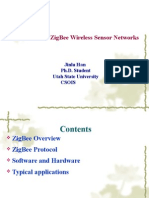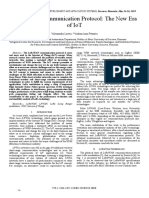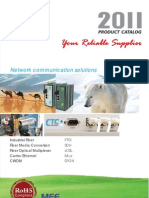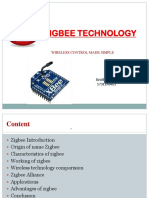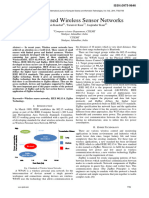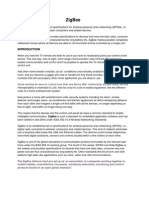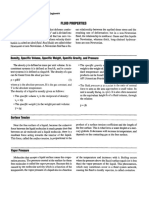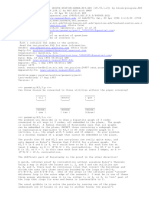0% found this document useful (0 votes)
555 views24 pagesIntroduction To Zigbee Technology
Zigbee is a wireless mesh networking standard used for industrial and home automation applications. It uses low-power digital radios to connect sensors and electronics. Key features of Zigbee include low power consumption, low cost, high density of networked devices, and simple protocol implementation. Zigbee networks can include thousands of nodes and support star, mesh, and cluster tree topologies. It operates in the 2.4 GHz band and has a range of up to 100 meters depending on conditions.
Uploaded by
veere_arunCopyright
© © All Rights Reserved
We take content rights seriously. If you suspect this is your content, claim it here.
Available Formats
Download as PDF, TXT or read online on Scribd
0% found this document useful (0 votes)
555 views24 pagesIntroduction To Zigbee Technology
Zigbee is a wireless mesh networking standard used for industrial and home automation applications. It uses low-power digital radios to connect sensors and electronics. Key features of Zigbee include low power consumption, low cost, high density of networked devices, and simple protocol implementation. Zigbee networks can include thousands of nodes and support star, mesh, and cluster tree topologies. It operates in the 2.4 GHz band and has a range of up to 100 meters depending on conditions.
Uploaded by
veere_arunCopyright
© © All Rights Reserved
We take content rights seriously. If you suspect this is your content, claim it here.
Available Formats
Download as PDF, TXT or read online on Scribd
/ 24

